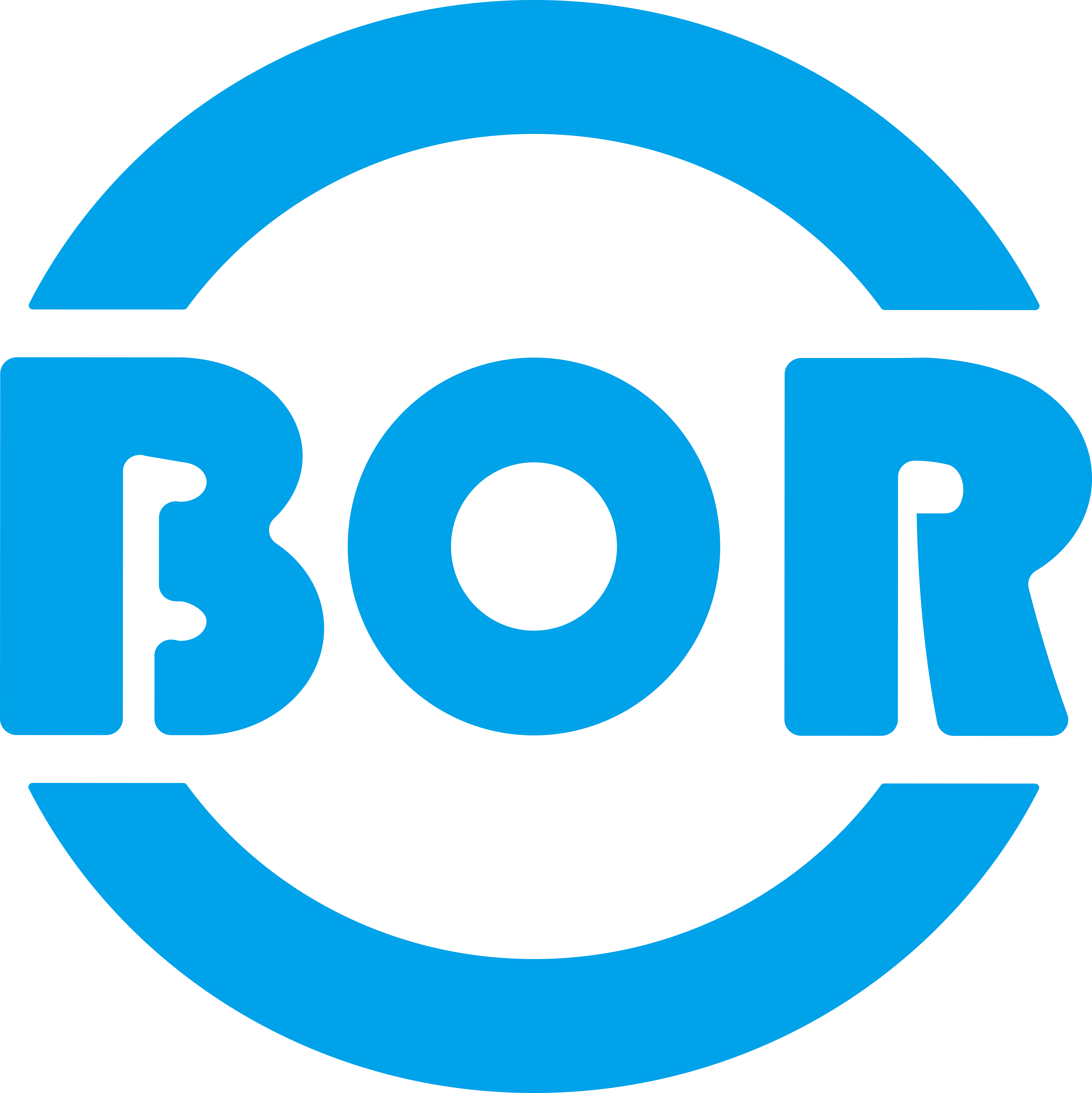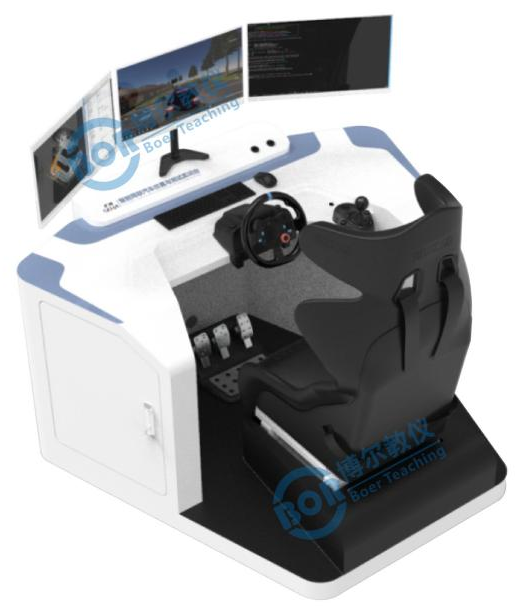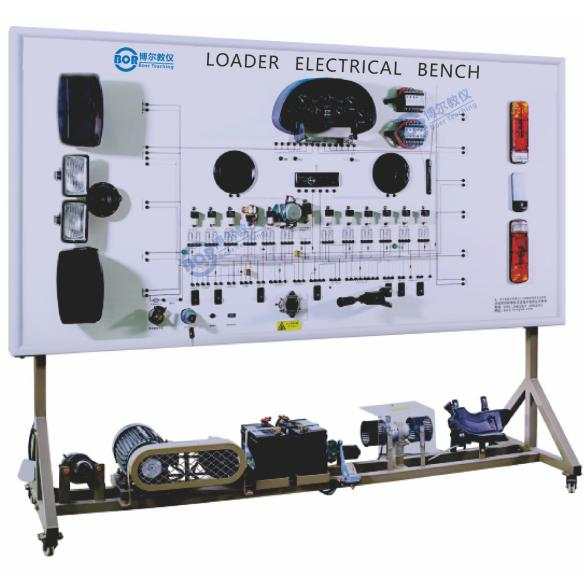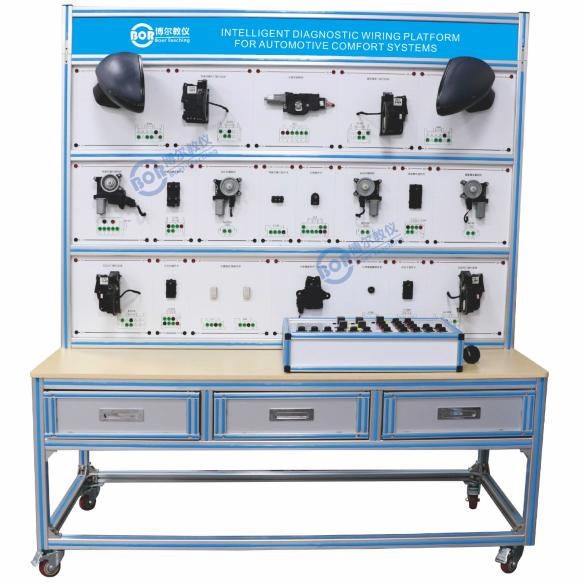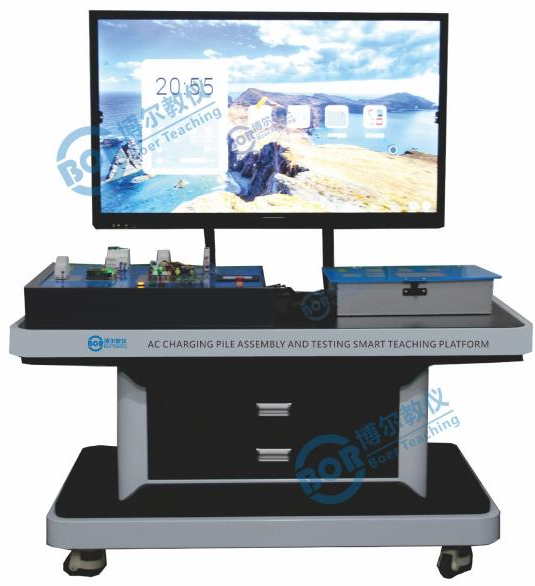- Overview
- Recommended Products
Product Overview:
The simulation platform for intelligent connected and automated control chassis training serves as a core facility for teaching and R&D in autonomous vehicle technology. Integrating electronic control chassis technology with intelligent connectivity features, it provides students and engineers with a full-process training environment through high-precision simulation, multi-system coordination, and virtual-real interaction. High-Precision Electronic Control Actuation System Electronic Control Steering: Equipped with automotive-grade steering motors achieving ±0.5-degree corner control precision and maximum steering speed ≥360/s, supporting real-time feedback between steering wheel commands and actual angles. Electronic Control Braking: Hydraulic brake system with pressurization time ≤200ms (10MPa), enabling closed-loop control of braking pressure to simulate ABS, ESP, and other functions. Electronic Control Drive: Hub motor or centralized drive motor with kilowatt-level power, supporting dual closed-loop control of torque and speed with dynamic response time <100ms. Multi-Sensor and Communication Module The platform integrates environmental sensing devices such as LiDAR, millimeter-wave radar, and cameras, while supporting communication protocols including 5G, C-V2X, and DSRC. For instance, Suzhou Yunjiang's 5G intelligent connected experimental system features a multi-mode positioning module (Beidou + GPS+ GLONASS) achieving centimeter-level accuracy, while supporting vehicle-road coordination data exchange in V2X scenarios. Some high-end models (e. g., LG-IEV04) also incorporate integrated navigation systems that combine IMU and GNSS data for high-precision positioning. Open Interfaces and Secondary Development: Hardware interfaces (e. g., CAN, Ethernet) and software protocols (e. g., ROS, AUTOSAR) are typically open to support user-defined algorithms and functional extensions. For instance, the Vehicle Control Unit (VCU) provides a DBC file parsing tool, enabling students to generate control protocol code and write it into the controller for personalized control strategies. Some platforms like the TC-XKD model even open their underlying controller interfaces, allowing integration with custom-developed autonomous driving kits. III. Teaching Applications and Training Scenarios Curriculum System and Practical Projects Basic Instruction: Includes foundational experiments such as understanding vehicle control unit structures, sensor calibration, and CAN bus protocol analysis. For example, by disassembling a steering control system, students can learn motor and torque sensor mechanisms while performing assembly and debugging. Advanced Training: Involves autonomous driving algorithm verification (e. g., path planning, decision-making control), multi-sensor fusion, and network communication protocol development. For example, using open-source platforms like Autoware and Apollo, students can develop lane-keeping and automatic parking functions. Comprehensive Projects: Including intelligent connected vehicle competitions and industry-academia collaborative R&D. For example, Guangdong Mechanical Technician College's training platform supports vehicle-road coordination experiments where students design V2X communication solutions and optimize vehicle collaboration control strategies. Teaching Models and Resource Support The platform usually comes with a teaching resource library containing lab manuals, simulation cases, code examples, etc. For instance, Zhongqi Hengtai's collaborative teaching system delivers a comprehensive "Cognition-Principles-Testing-Fault Diagnosis" curriculum, covering modules such as LiDAR installation and calibration, and line control chassis debugging. The system updates practical training programs annually (including 4D millimeter-wave radar instruction). Some products like Shandong Paimeng's simulation platforms even support Web3D virtual training, allowing students to remotely access courses through web browsers, breaking the constraints of time and space.
